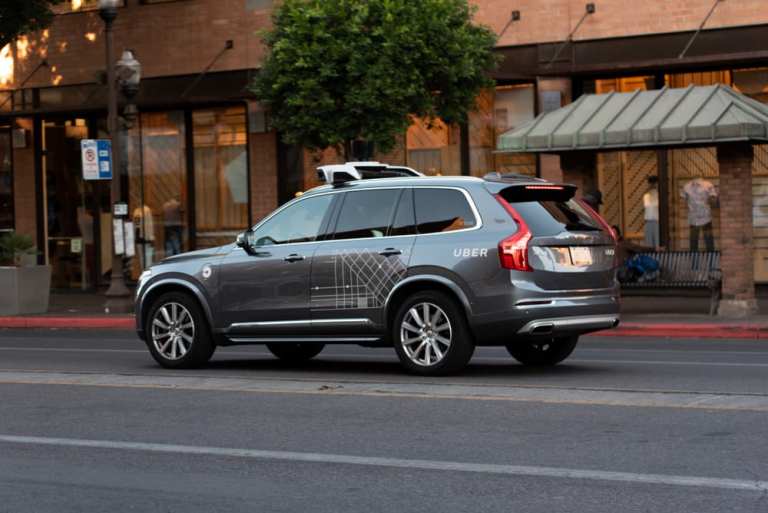
Uber may soon be able to put its self-driving vehicles back on California roads after several years, with the issuance of a new permit, according to reports. The company had to scale back its autonomous vehicle program following an incident in Arizona where a pedestrian was killed by one of the vehicles.
However, the permit — issued by the California DMV — could revive the program after 18 months. Uber doesn’t have concrete plans to put the vehicles back on the roads yet, but said it will notify the required authorities if it plans to return to San Francisco.
An Uber spokesperson called San Francisco “a great city to gather key learnings for self-driving technology,” due to its complex and changing environment.
Previously, Uber tested autonomous vehicles in Phoenix, San Francisco, Toronto and Pittsburgh, but halted testing when pedestrian Elaine Herzberg was killed by one of the cars. At that time, Uber let go of its 100 self-driving car operators in Pittsburgh and San Francisco. Rumors abounded that the company might sell its self-driving unit.
In 2018, however, the self-driving tests resumed in Pittsburgh when Pennsylvania authorized the company to put its vehicles back on the road.
The company may expand into Washington D.C., having begun mapping the city and looking into testing the vehicles there later in 2020. The vehicles currently on D.C.’s streets are manually driven. They will collect data using a top-mounted sensor camera and spinning lidar, which will be used to build high-definition maps, as well as for virtual simulations and track-testing scenarios.
Self-driving vehicles have been in development across a range of major companies. For example, UPS has teamed up with Waymo to put out electric vans, eyeing the eventual rollout of fully autonomous vehicles. Nissan recently completed a 230-mile trip across Europe, the farthest self-driving journey in the country to date.